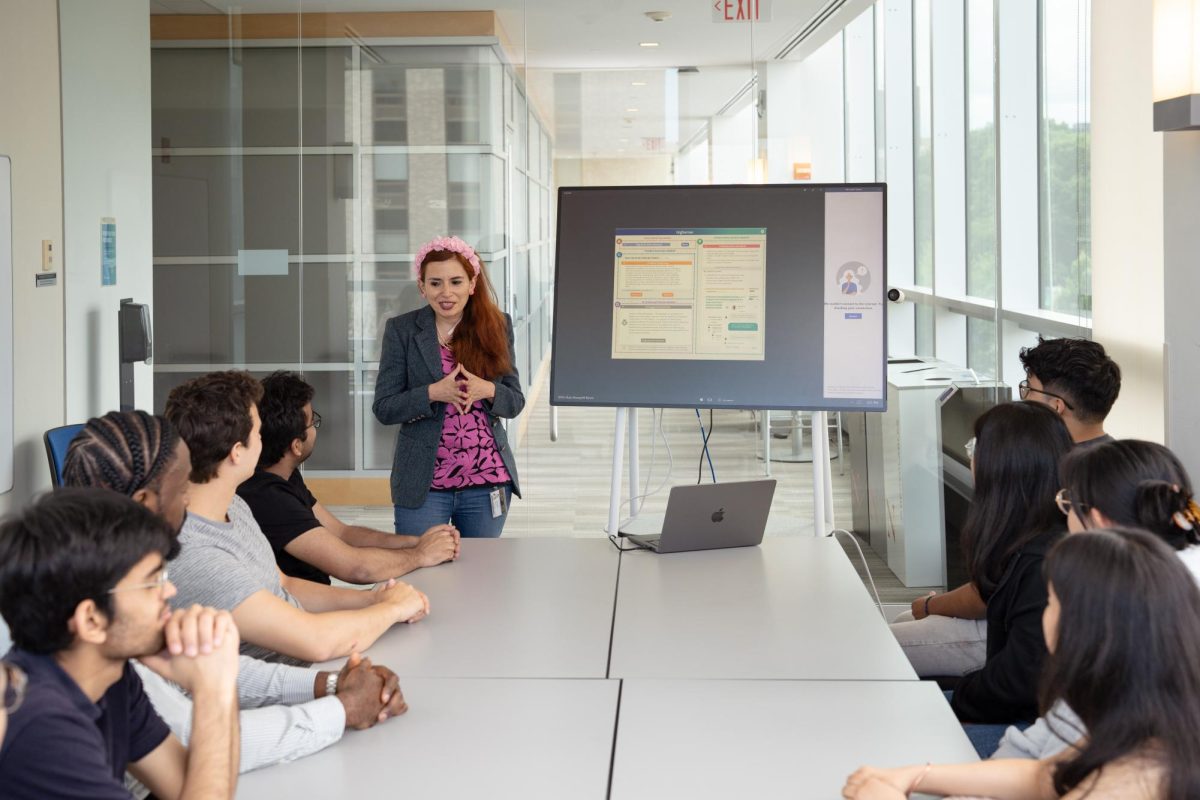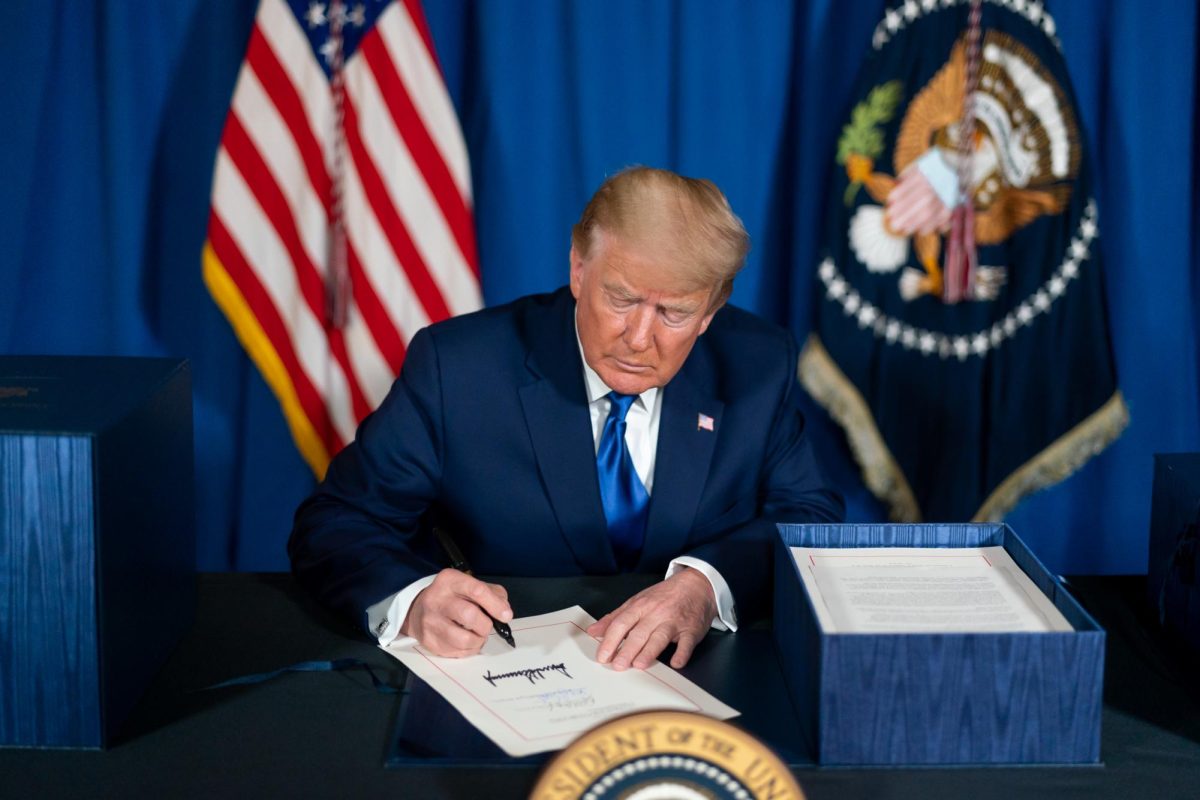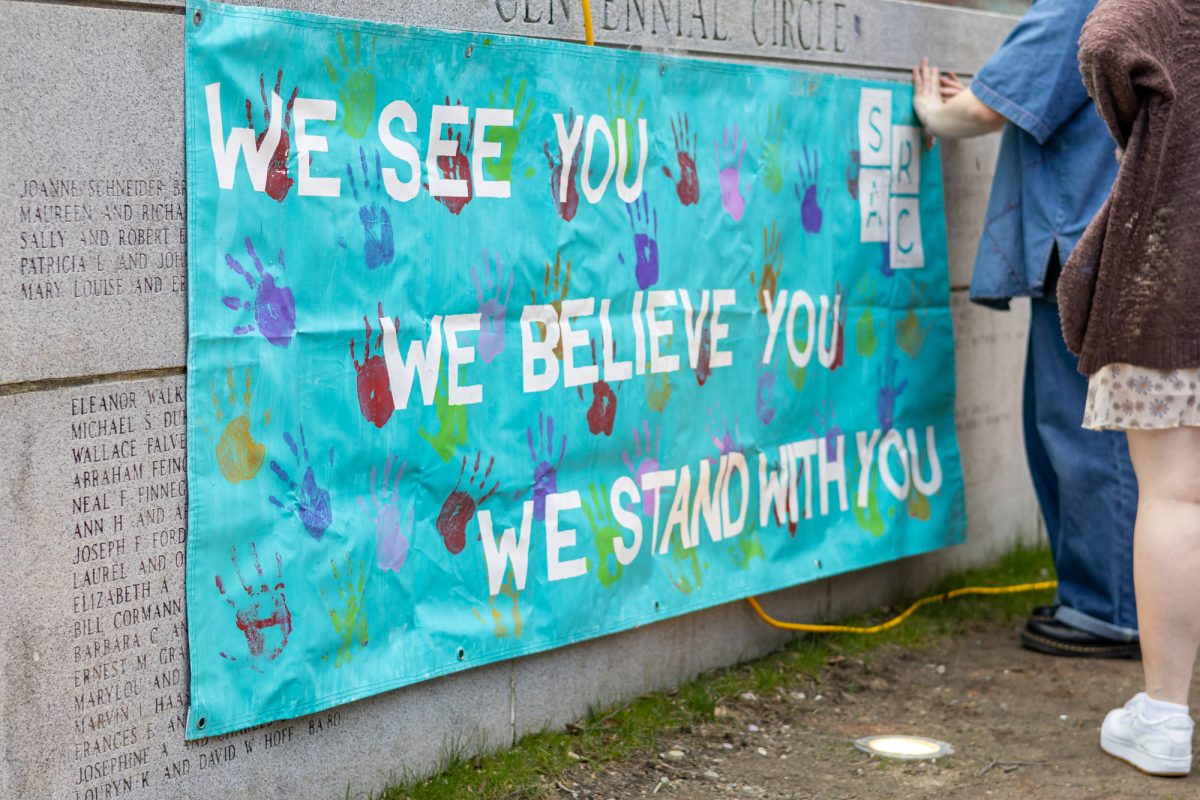By Amanda Hoover, news editor
The world’s leading academic women’s journal, Signs: Journal of Women in Culture and Society, has found a new home at Northeastern under editor-in-chief Suzanna Walters,a professor of sociology and the director of Northeastern’s women’s, gender and sexuality studies program.
The academic journal publishes essays, articles and retrospectives on gender, race, culture, class, nationand sexuality written by scholars’ around the globe.
“Signs is the most prestigious and competitive journal in gender and women’s studies,” Walters said. “We get over 400 submissions a year, which is huge. That is out of the ordinary [for a journal.] They come from all over.”
Walters will serve as the editor-in-chief of Signs for the next five years, bringing it to the College of Social Science and Humanities. At the end of each five–year term, Signsputs out a call for a new editorship. Walters, along with Carla Kaplan, professor of American literature at Northeastern, wrote a proposal to secure the journal. Signs’international advisory board and the publisher considered various professors proposals, which included the university’s finances and resources, before selecting Walters as the editor. The journal’s presence at Northeastern will allow selected graduate students in the field of women’s and gender studies to obtain professional experience working with a widely read academic journal.
Signs has been published by the University Chicago Press since its founding in 1975. For the last 10 years, Rutgers University has hosted the journal under editor-in-chief Mary Hawkesworth, a professor of political science and women’s and gender studies at Rutgers. Rutgers’s department of women’s and gender studies is typically ranked in the top three programs in its field across the country by U.S. World News and Report.
“Housing the leading journal certainly helped keep us in the top three,” Hawkesworth said. “It’s a very high prestige.”
Part of Walter and Kaplan’s proposal included a new structure for the board of associate editors. In the past, the associate editors have all been affiliated with the host university. Walters and Kaplan, however, plan to include editors from the Graduate Consortium of Women’s Studies (GCWS), an organization that combines efforts from nine Boston-area universities including Northeastern, Harvard University and the Massachusetts Institute of Technology (MIT). This consortium allows graduate students attending any of the universities to take classes at a participating institution, creating a community among the women’s and gender studies programs in the area. Now, Walters will draw on professionals within this network to serve as her 64-member board of associate editors.
“[The GCWS] exists nowhere else in the nation. There is nothing like it anywhere else in the country and there probably couldn’t be,” Kaplan, who will serve as the chair for the board of associate editors, said. “The Boston region has an unusually strong cohort of scholars in this field and graduate students interested in advanced study of women’s and gender studies.”
In her new position, Kaplan plans to oversee the effectiveness of the altered structure and coordinate the efforts of the board.
“Because we are the home for Signs and our board of associate editors draws from all nine institutes, we are bringing to Northeastern dozens and dozens of scholars who may have not come to our campus before,” Kaplan said.
Both Kaplan and Walters hope that a more diverse set of perspectives and experts will benefit the journal.
“It serves me as an editor because I have a really rich resource of editors to choose from,” Walters said. “We were able to choose from every field, every discipline – every area is covered. The other part of it is that it also helps to create a sense of community.”
While at Northeastern, Signs will give graduate students in the field of women’s and gender studies an opportunity to engage in peer review work, an important part of what graduates in the field must do, according to Kaplan. Selected students will have the opportunity to read through submissions and decide which scholars can assess the merit of the articles. They will then be responsible for reaching out to those professionals and communicating feedback to the authors.
“Even if they were working [in the field], they would never be involved in as many pieces of scholarship,” Kaplan said of the opportunities afforded to NU’s graduate students.
Of the 400 submissions each year, less than 20 percent will appear in Signs.
In addition to restructuring the board of associate editors, Walters has more changes planned.
“We have a number of initiatives with the journal,” Walters said. “One of them is to make it more onlinefriendly, to reach out more broadly in terms of social media and to reach younger readers where they are and where they live.”
Walters vowed to shape the journal in a way that tackles current issues and takes on overarching questions in the field of women’s studies.
“I think in terms of some of the big questions, we want to encourage people to submit manuscripts that really ask the large questions of feminist theory,” Walters said. “How do we tackle sexual violence? How do we really do something about inequality in gender representation at the governmental level and in business?”
Despite the customized changes Walters plans to make, she also remains focused on preserving the tradition and prestige of the journal.
“Signs is not going to look 100 percent different now that I am the editor,” Walters said. “It’s a fantastic journal. We don’t just want to change it, we want to preserve it as well.”
Photo courtesy Brooks Canaday, Northeastern University









